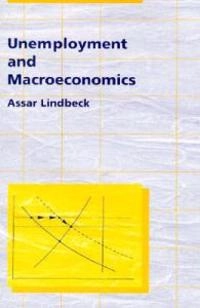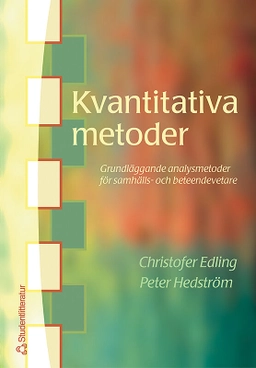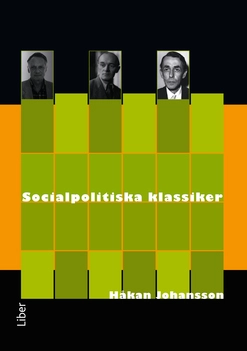Assar Lindbeck demonstrates how macroeconomic analysis can incorporate a labor market characterized by unemployment. Balancing theoretical insights with lessons drawn from the experience of many countries, Lindbeck examines employment and unemployment against the background of developed market economies during the past century.Using the insider-outsider model of unemployment and incorporating discussions of other approaches for comparison, Lindbeck addresses such questions as why unemployment exists, and how aggregate employment and unemployment are determined; what initial impulses or "shocks" precipitate changes in the levels of aggregate employment and unemployment, and how these are transmitted to the labor market; and how the apparent persistence of unemployment can be explained even when the initial shocks are reversed. Lindbeck draws policy conclusions from this analysis that include power-reducing and enfranchising policies as well as other institutional reforms.While Lindbeck's approach is primarily macroeconomic, it is based on microfoundations, including an analysis of the microeconomic incentives and opportunities for unemployed workers. He also raises issues of hiring and firing, the market power of incumbent workers, the design of unemployment benefit systems, the organization of wage bargaining, labor market training, and exchange systems, and public sector employment programs.Assar Lindbeck is Professor and Director of the Institute for International Economic Studies at the University of Stockholm in Sweden. He is coauthor, with Dennis Snower, of
Åtkomstkoder och digitalt tilläggsmaterial garanteras inte med begagnade böcker





















